If you’ve ever tried to read through your homeowners insurance policy, you know it can feel like decoding a foreign language. Between the legal jargon, acronyms, and fine print, it’s easy to miss what your policy actually does (and doesn’t) cover.
This post breaks it all down in plain English—so you can finally understand what you’re paying for, where the gaps are, and how to make sure you’re protected when it matters most.
Why Understanding Your Coverage Matters
Most people only discover their insurance gaps after a disaster hits. Knowing what’s covered before something goes wrong can save you time, stress, and thousands of dollars.
The 6 Core Components of a Standard Homeowners Insurance Policy
1. Dwelling Coverage (Coverage A)
This protects the structure of your home, including:
- Roof, walls, foundation
- Attached structures like a garage or deck
- Built-in appliances and fixtures
If your home is damaged by a covered event (fire, wind, hail, etc.), dwelling coverage pays to repair or rebuild it—up to your policy’s limit.
🔎 Tip: Make sure your limit reflects the cost to rebuild, not your home’s market value.
2. Other Structures (Coverage B)
This includes structures not attached to your main home, like:
- Detached garages
- Fences
- Sheds
- Guest houses
Typically covers 10% of your dwelling limit by default, but you can increase it.
3. Personal Property (Coverage C)
Covers your belongings—furniture, electronics, clothes, tools, etc.—whether they’re at home or sometimes even offsite (e.g., items in your car or storage unit).
Most policies cover items for actual cash value, unless you upgrade to replacement cost.
✅ Covered perils usually include fire, theft, lightning, and some water damage
❌ Not covered: Floods, earthquakes, wear & tear, or intentional damage
📦 Tip: Create a home inventory to streamline claims.
4. Loss of Use / ALE (Coverage D)
Also known as Additional Living Expenses (ALE), this pays for temporary housing and increased living costs if your home becomes uninhabitable due to a covered loss.
Examples of covered expenses:
- Hotel stays or short-term rentals
- Meals if you can’t cook
- Extra transportation or storage
5. Personal Liability (Coverage E)
Covers you if someone is injured on your property or if you accidentally damage someone else’s property.
Examples:
- A guest slips on your icy walkway
- Your child throws a baseball through a neighbor’s window
It can cover legal costs, medical expenses, and damages—up to your chosen limit (commonly $100,000–$500,000+).
6. Medical Payments to Others (Coverage F)
Pays for minor injuries to guests in your home—regardless of who’s at fault.
It’s a goodwill gesture to cover smaller incidents like:
- Dog bites
- Minor cuts or burns
- Falls on your stairs
Typically ranges from $1,000 to $5,000 in coverage.
What Homeowners Insurance Doesn’t Cover
There are several common exclusions that can catch homeowners off guard:
| Not Covered | How to Protect Yourself |
|---|---|
| Flood damage | Buy separate flood insurance (via FEMA or private) |
| Earthquakes or sinkholes | Add separate earthquake coverage |
| Sewer backups | Add a sewer/water backup endorsement |
| Routine maintenance | Budget for upkeep and wear & tear |
| Mold (unless caused by a covered peril) | Ask about mold coverage limits |
Optional Add-Ons (Endorsements) to Consider
Depending on your location, lifestyle, and valuables, you might want to enhance your policy with endorsements like:
- Scheduled personal property (e.g., jewelry, art, collectibles)
- Home business equipment
- Identity theft protection
- Equipment breakdown
- Green home rebuilds
Final Thoughts
Your homeowners insurance policy is more than a legal requirement—it’s your safety net. But it only works if you know how to use it. Understanding the core coverages, limitations, and optional add-ons empowers you to make informed decisions—and avoid costly surprises.
Need help reviewing your current policy or choosing better coverage? Connect with a licensed agent or use a comparison tool to shop smarter.







